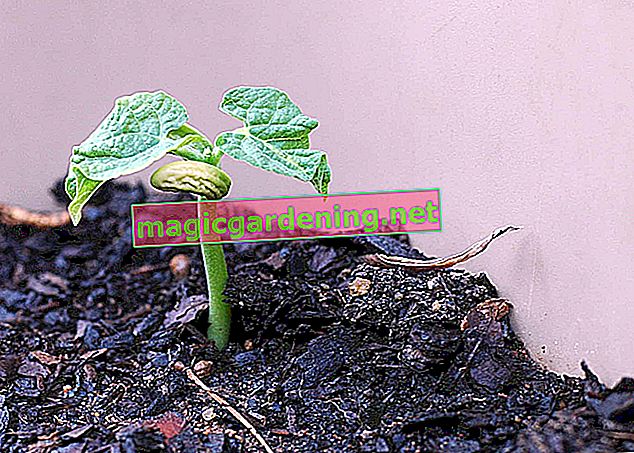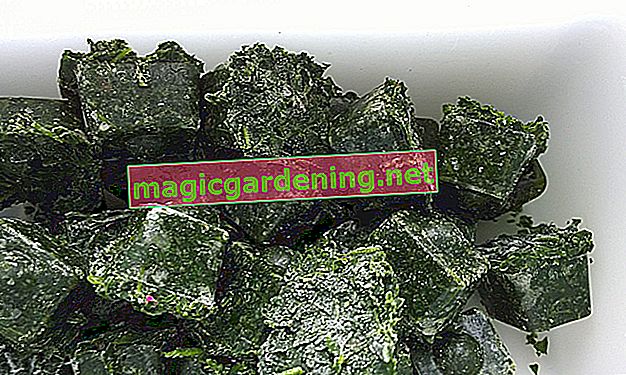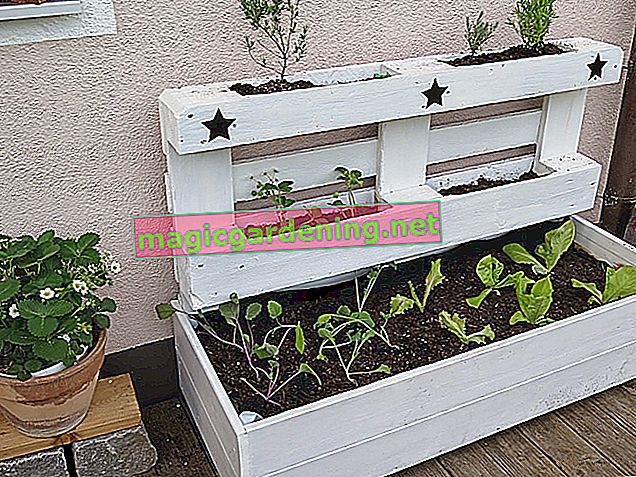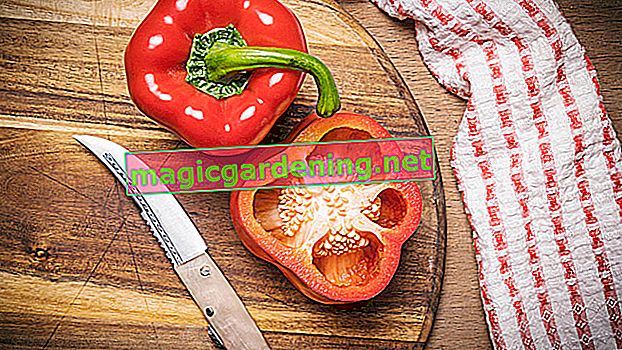
The two main types of Nashi pear
There are innumerable varieties of Nashis trees in Asia. Only a few of them made the leap to Europe. One of the reasons for this is that some varieties have a rather bland taste.
also read
- Planting Nashi pears - tips on growing the apple pear
- When are Nashi pears ripe?
- Proper pruning ensures rich nashi harvests
Nashi pears come in two main types. One is characterized by yellowish fruits, the other produces bronze-colored Nashis.
Which variety it is can often be deduced from the variety name. The name of yellowish Nashis often ends with “ki”, that of the bronze-colored fruits, however, with “ui”.
Not all nashis are self-fertilizing
If all you want to do is plant a nashi tree, make sure that it is a self-pollinating variety. To harvest fruit from non-self-pollinating varieties, you must either keep several trees in the garden or place the tree next to a pear tree such as Gellert's Butterbirne or Williams Christ.
Self-pollinating Nashi varieties
The yellow “Nijisseiki” Nashi pear is a self-fertilizing variety. It can be kept as a single tree in the garden or in a bucket on the terrace. “Nijisseiki” can also be used as a pollinator for non-self-pollinating nashi trees.
It is most commonly grown in European gardens and, when pruned properly, bears a lot of fruit. The taste is sweet and sour. The fruits are very juicy and suitable for fresh consumption.
Less known is the self-fertilizing "needle pear", which is sweet and disease-resistant.
Not self-pollinated varieties
- “Hosui” - ripens early and carries richly
- “Shinseiki” - very sweet, juicy, thin shell
- “Kosui” - ripening early, very good quality
- “Shinui” - very aromatic
- “Chojuro” - rather bland in taste
- “Shinko” - large fruit, easy to store
- “Sik Chon Early Pear” - very robust variety, resistant to pear rust
Tips & Tricks
Nashi pears are also known as Asian pears or apple pears. The shape of the fruit resembles that of an apple. The pulp is sweet and refreshing. The aroma is reminiscent of pear and melon, although it is not as intense.
Ce








